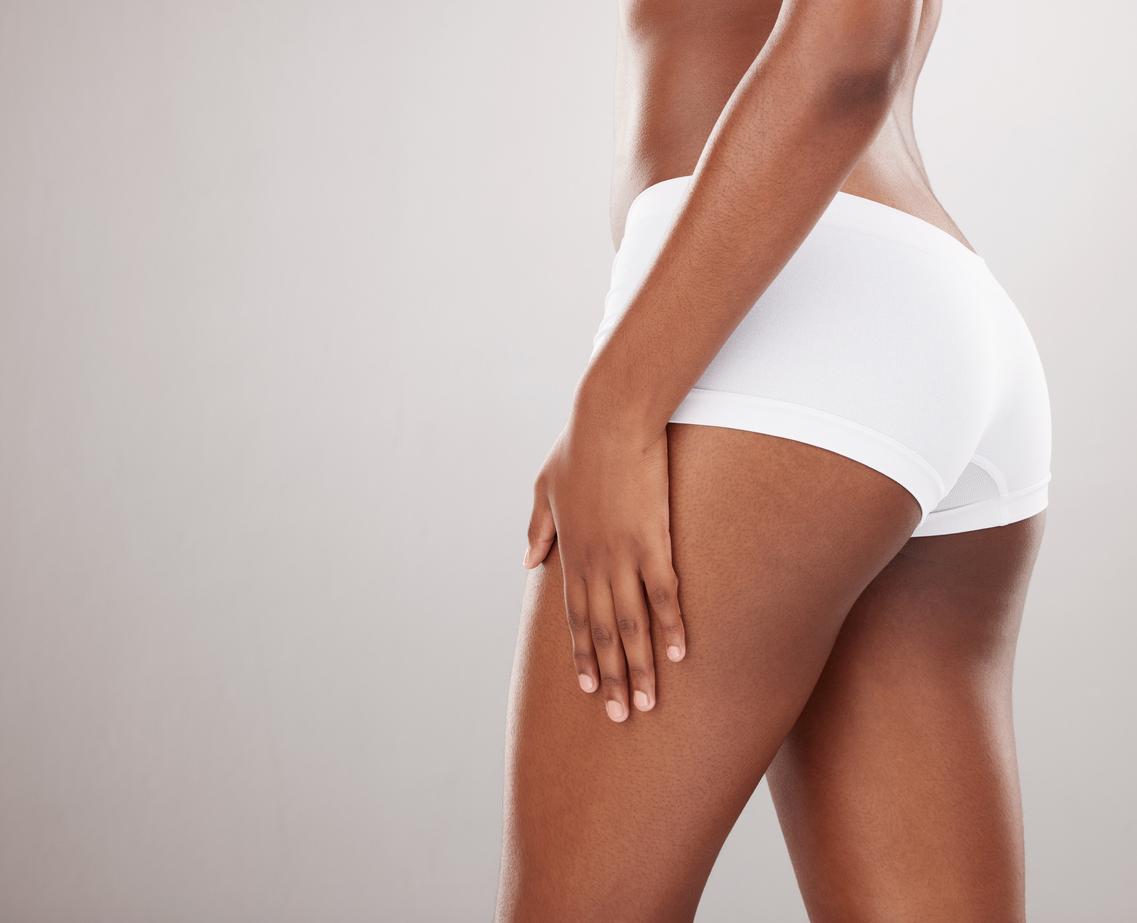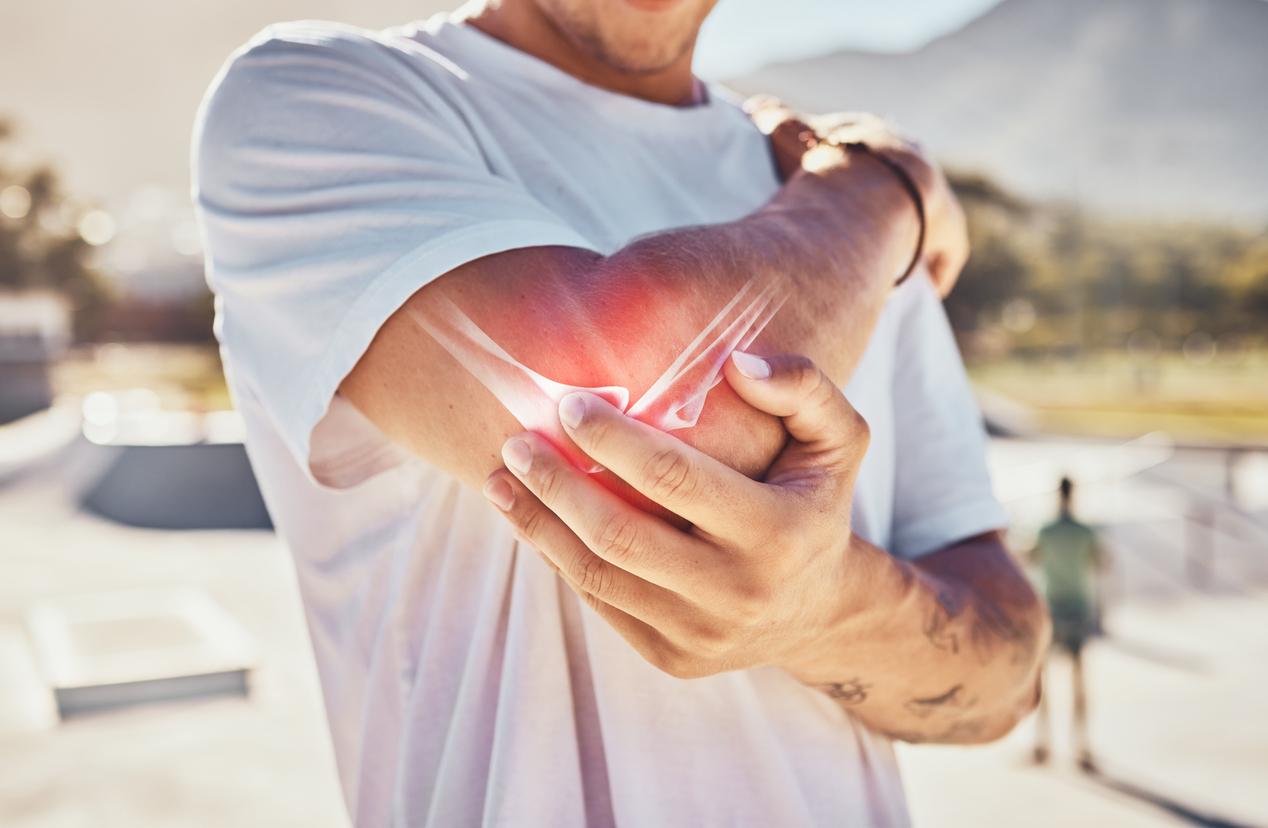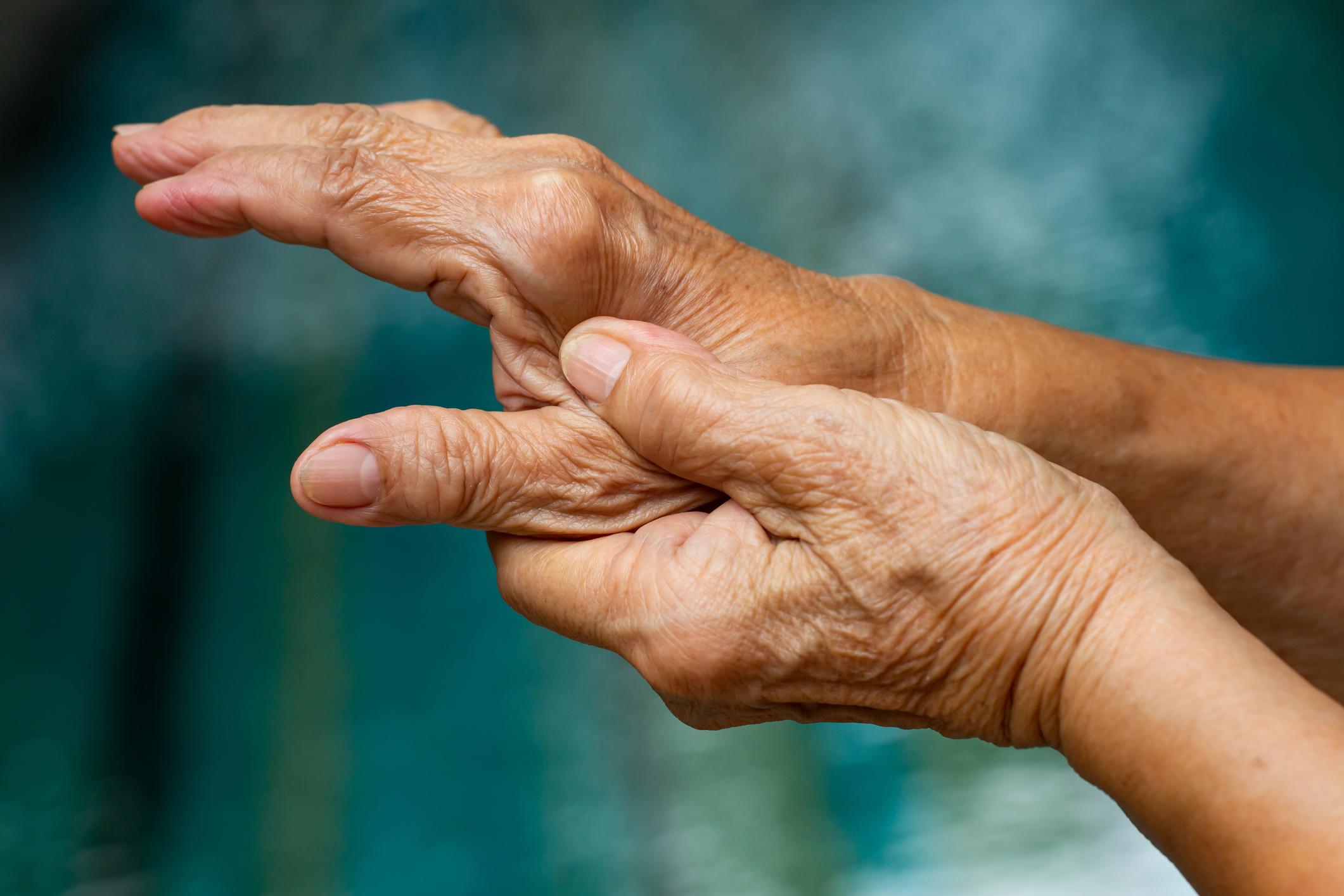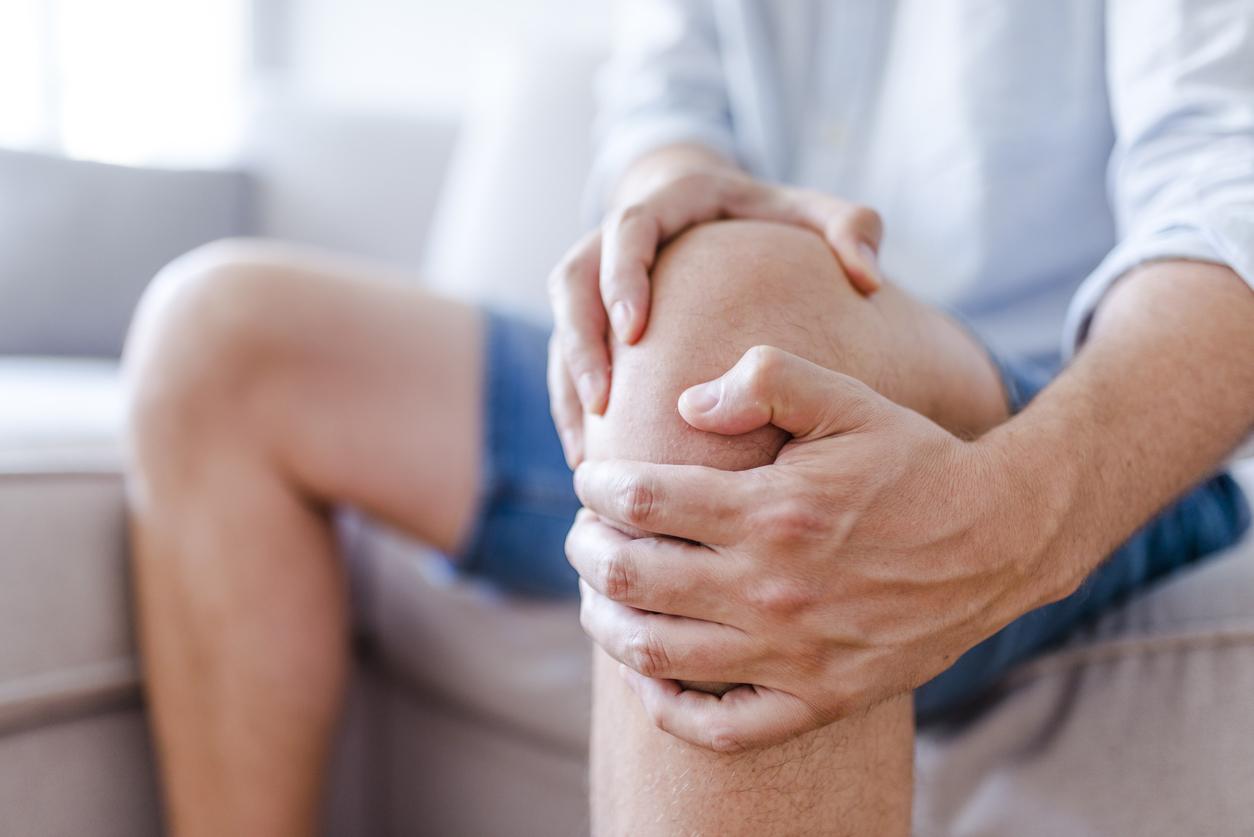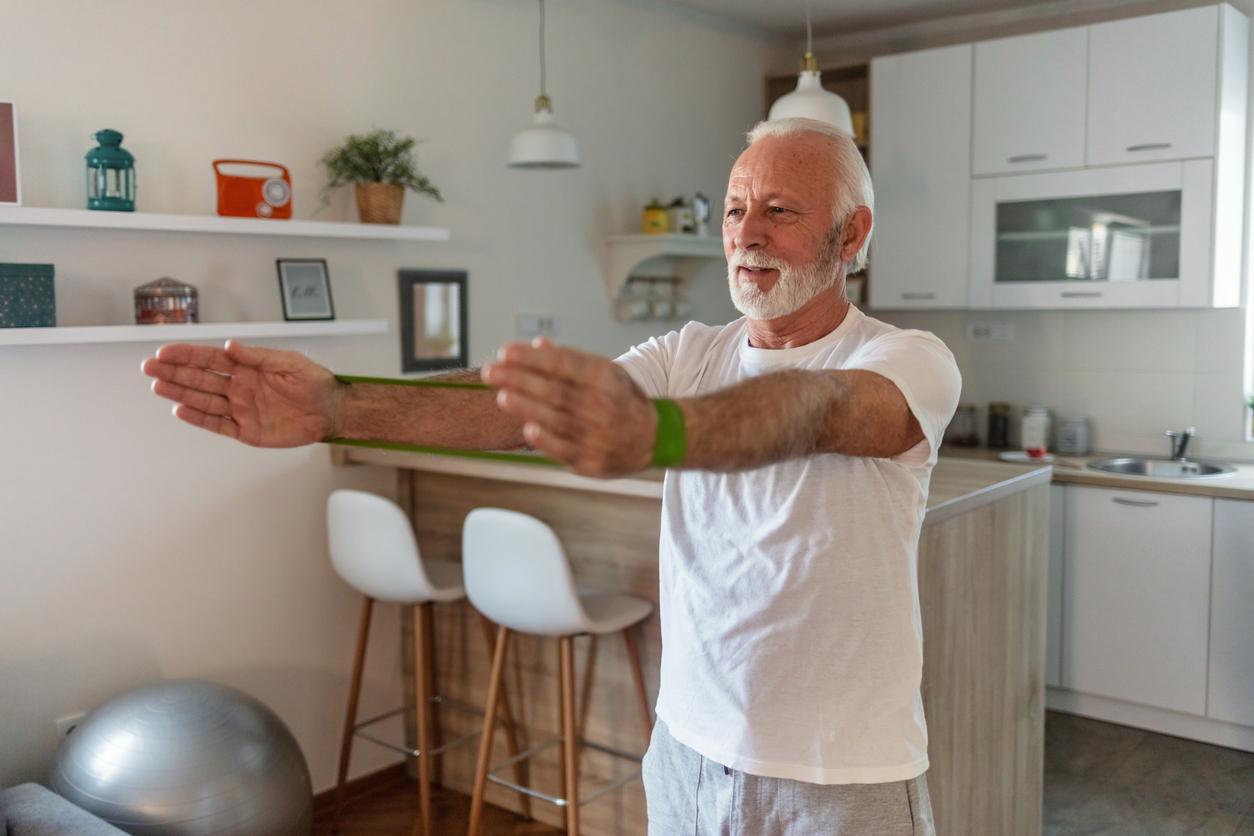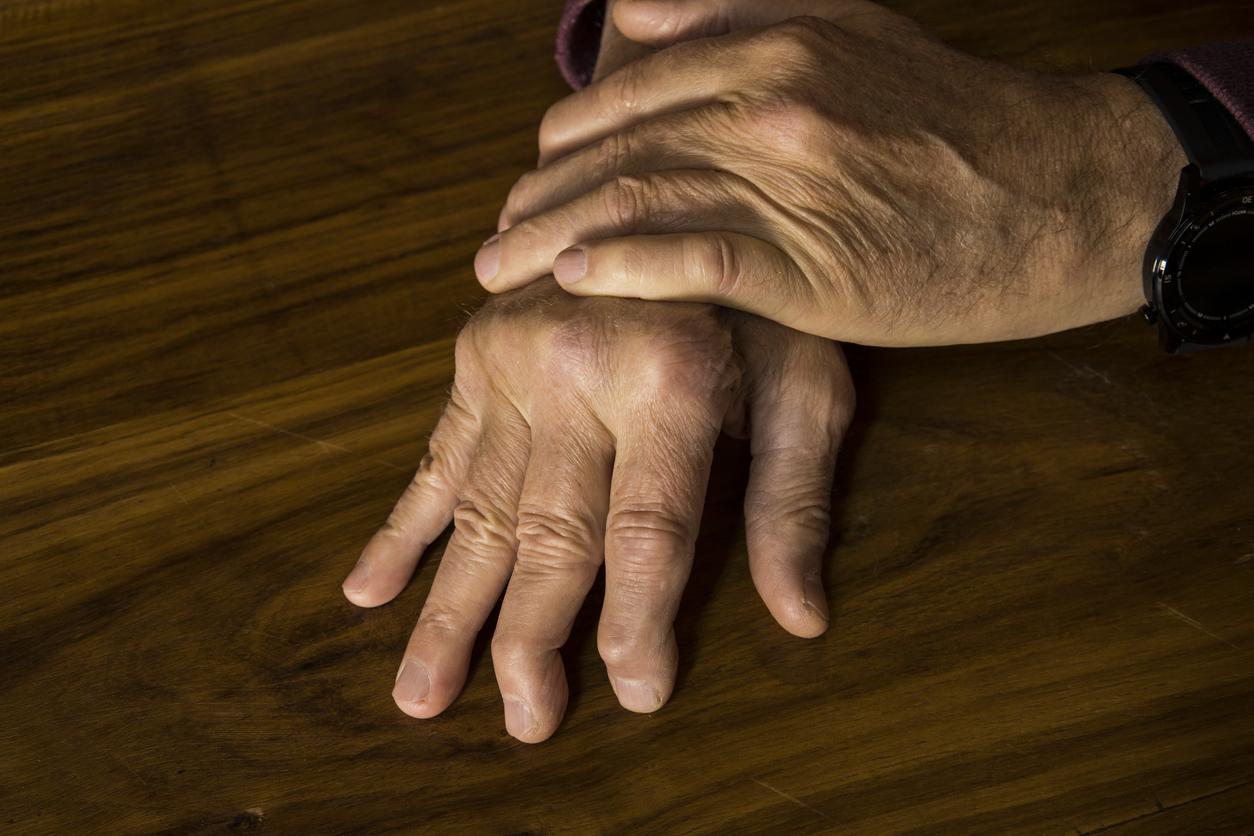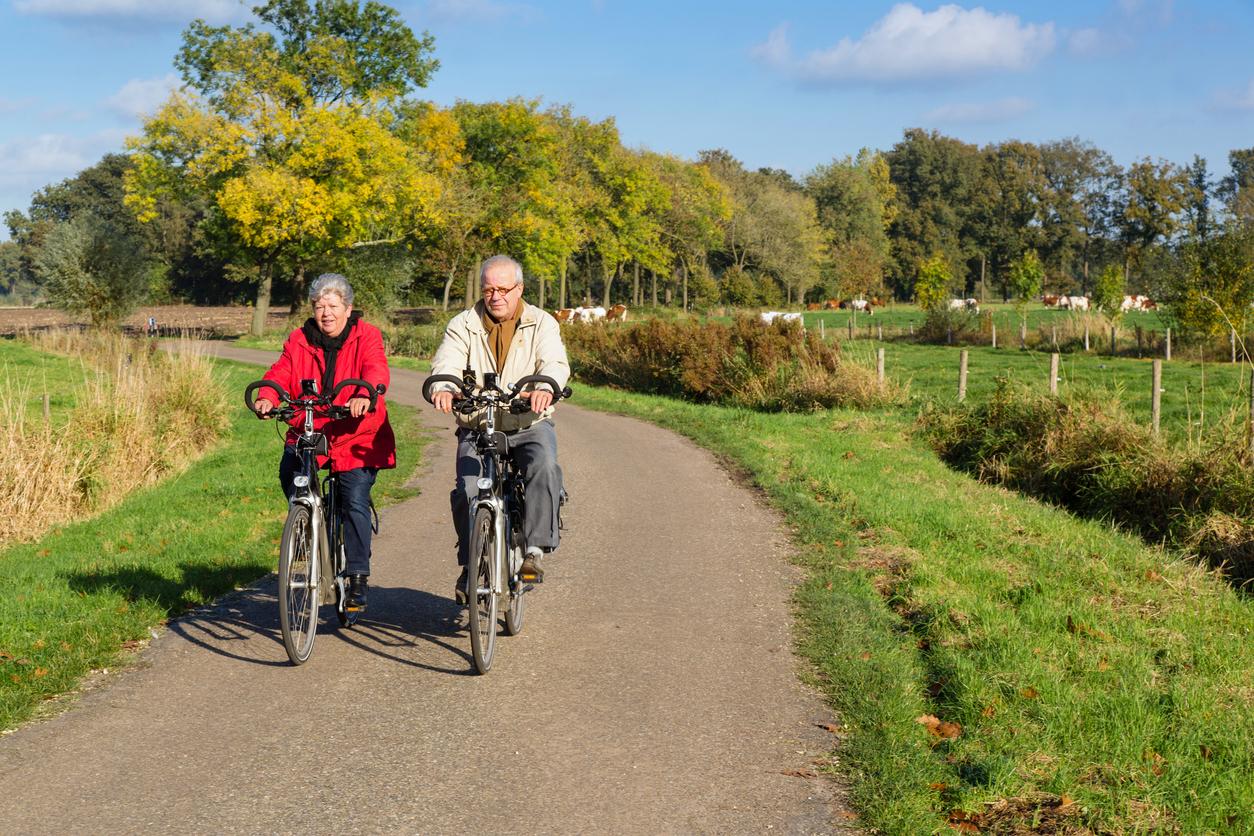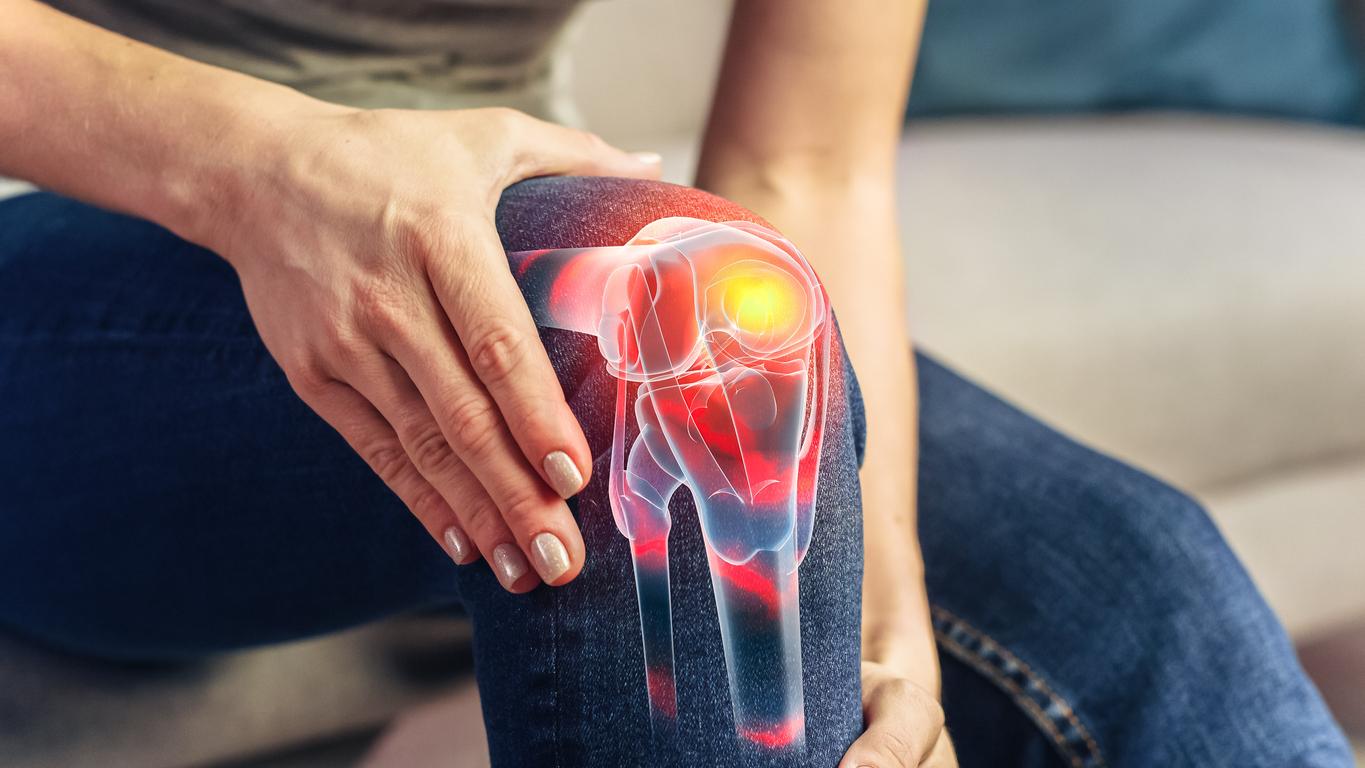It is not easy to differentiate osteoarthritis from arthritis. And for good reason: these two pathologies belong to the family of rheumatism, they both concern the joints and both cause sometimes disabling pain. However, they are indeed different: osteoarthritis is a “mechanical” disease, whereas arthritis is joint inflammation. The physical and biological signs, causes and treatments of these two diseases are therefore very different.
Arthritis: inflammation of the joint
Arthritis is an inflammation of the joint, which leads to the secretion of quinines, substances that gradually destroy the joint. It causes pain especially at rest (especially at night), which can decrease during physical activity or morning “strengthening”. It mainly affects the joints of the hands and feet.
Arthritis can have an infectious (septic arthritis), immune (rheumatoid arthritis) or even metabolic (gout) cause. Sometimes, it also accompanies psoriasis: we speak of psoriatic arthritis. The deformation of the joint is called “hot”, because it is accompanied by physical signs such as redness or local heating.
How is it treated?
Arthritis treatment aims to target the cause of the ailment. Antibiotics are therefore prescribed in the case of arthritis of an infectious nature, biotherapies (based on the use of living microorganisms or substances taken from living organisms) are put in place for immune arthritis, and anomalies biological are treated in arthritis of metabolic origin.
Osteoarthritis: a mechanical alteration of the joint
osteoarthritis is a so-called “mechanical” pathology: the articular cartilage is gradually damaged and goes so far as to disappear, leaving the bones raw against each other.
If osteoarthritis is a disease that can be linked to age, there are also factors favoring its appearance in the youngest (one in three patients is under 40). Anatomical abnormalities, trauma related to a great sports practice and overweight (obesity and overweight) can be the cause of osteoarthritis. The most affected joints are those of the knee, hip or spine (especially the neck).
Unlike arthritis, osteoarthritis causes pain on movement, which decreases at rest. The deformity of the joint is called “cold” because it is not accompanied by any signs of local inflammation and cannot be seen.
How is it treated?
Treatment is mainly aimed at reducing the risk factor, with, for example, a diet in the case of obesity, or preventive surgery in the case of an anatomical abnormality. However, once installed, osteoarthritis requires more serious treatment, with the taking of analgesics, anti-inflammatories and anti-osteoarthritis.
To delay the fitting of a prosthesis and relieve the patient, hyaluronic acid infiltrations can be prescribed to consolidate the cartilage. But he makes it known that they are no longer reimbursed. And if intense sport is to be avoided, the practice of moderate physical activity remains important to avoid weight gain which weighs on the joint and which accelerates the phenomenon of osteoarthritis.
Read also :
- Good everyday gestures when you have osteoarthritis
- Osteoarthritis: 5 ways to delay its appearance
- Joints: what we don’t always know








